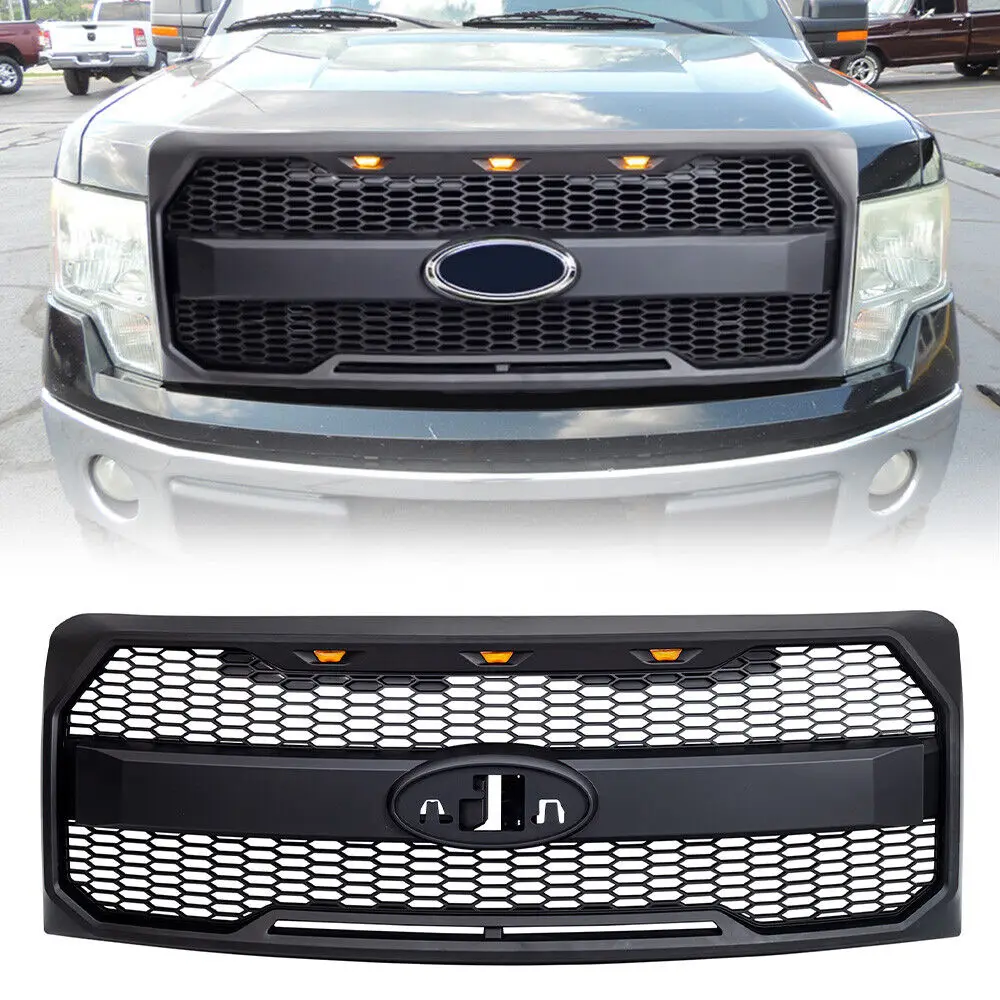
Matte Black Car Grills For 2009-2014 Ford F150 F-150 Front Bumper Grill Raptor Style Grille with Emblem Base & Amber LED Lights
Price: USD 297.92 - USD 307.13Category: Exterior Accessories
Shop now and enjoy exclusive discounts! Matte Black Car Grills For 2009-2014 Ford F150 F-150 Front Bumper Grill Raptor Style Grille with Emblem Base & Amber LED Lights. Experience the quality Exterior Accessories!

Single door refrigerated display cabinet fresh-keeping vertical commercial wind waterfall refrigerator beverage beer
Price: USD 304.92 - USD 308.00Category: Furniture Accessories
Shop now and enjoy exclusive discounts! Single door refrigerated display cabinet fresh-keeping vertical commercial wind waterfall refrigerator beverage beer. Experience the quality Furniture Accessories!

High-end 40g/h 300w 10khz Adjustable Black Quartz Tube Dual Air-cooled Ozone Generator Kit, Water Air Sterilizer
Price: USD 216.08 - USD 308.68Category: Metal Processing Equipment & Accessories
Shop now and enjoy exclusive discounts! High-end 40g/h 300w 10khz Adjustable Black Quartz Tube Dual Air-cooled Ozone Generator Kit, Water Air Sterilizer. Experience the quality Metal Processing Equipment & Accessories!

Professional Hairdresser Outdoor Folding Chairs Salon Portable Barber Chair Foldable High Black Put On Makeup Barbershop Supply
Price: USD 92.56 - USD 308.55Category: Hair Care & Styling
Shop now and enjoy exclusive discounts! Professional Hairdresser Outdoor Folding Chairs Salon Portable Barber Chair Foldable High Black Put On Makeup Barbershop Supply. Experience the quality Hair Care & Styling!

American Retro Deer Head Ceiling Lamps Nordic Art Aisle Balcony Corridor Bedroom Living Room Study Villa Antler Ceiling Lights
Price: USD 209.04 - USD 307.41Category: Indoor Lighting
Shop now and enjoy exclusive discounts! American Retro Deer Head Ceiling Lamps Nordic Art Aisle Balcony Corridor Bedroom Living Room Study Villa Antler Ceiling Lights. Experience the quality Indoor Lighting!

SINOTRUK HOWO Truck Parts Clutch Pressure Disk Assembly WG9925160621
Price: USD 297.97 - USD 307.19Category: Measurement & Analysis Instruments
Shop now and enjoy exclusive discounts! SINOTRUK HOWO Truck Parts Clutch Pressure Disk Assembly WG9925160621. Experience the quality Measurement & Analysis Instruments!

Motorcycle Fairings Kit Fit For Monster 696/796/795/m1000/m1100 2009 2010 2011 Bodywork Set White Black ABS Injection NEW
Price: USD 292.47 - USD 307.86Category: Motorcycle Parts
Shop now and enjoy exclusive discounts! Motorcycle Fairings Kit Fit For Monster 696/796/795/m1000/m1100 2009 2010 2011 Bodywork Set White Black ABS Injection NEW. Experience the quality Motorcycle Parts!

American retro chest of drawers, bedroom, bedside cabinet, antique black and white solid wood chest of drawers, living room stan
Price: USD 292.33 - USD 307.72Category: Home Storage & Organization
Shop now and enjoy exclusive discounts! American retro chest of drawers, bedroom, bedside cabinet, antique black and white solid wood chest of drawers, living room stan. Experience the quality Home Storage & Organization!
